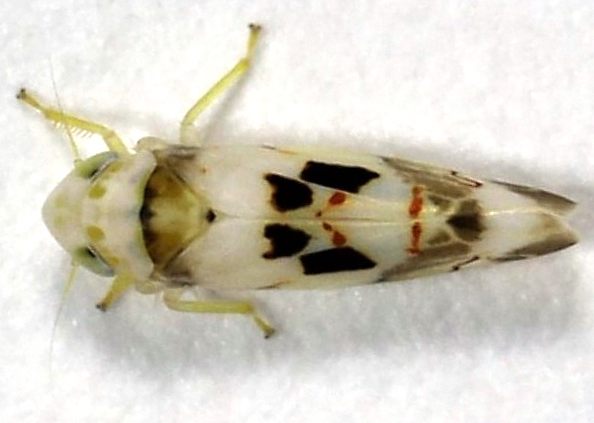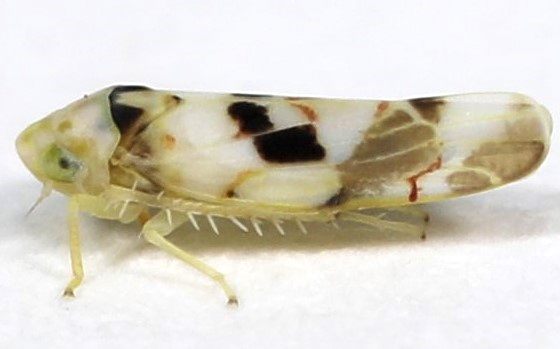| Family (Alpha): | |||
« |
 » » |
| CICADELLIDAE Members: | NC Records | |||||
|---|---|---|---|---|---|---|
Eratoneura nr. lunata - No Common Name | ||||||
 © Rob Van Epps |  © Rob Van Epps- note pattern |  © Rob Van Epps |  © Bo Sullivan |
|
Hoppers of North Carolina: Spittlebugs, Leafhoppers, Treehoppers, and Planthoppers |
| Family (Alpha): | |||
« |
 » » |
| CICADELLIDAE Members: | NC Records | |||||
|---|---|---|---|---|---|---|
Eratoneura nr. lunata - No Common Name | ||||||
 © Rob Van Epps |  © Rob Van Epps- note pattern |  © Rob Van Epps |  © Bo Sullivan |